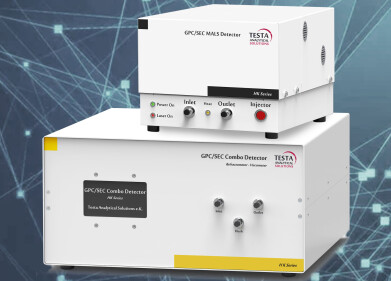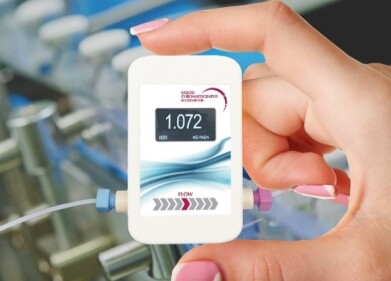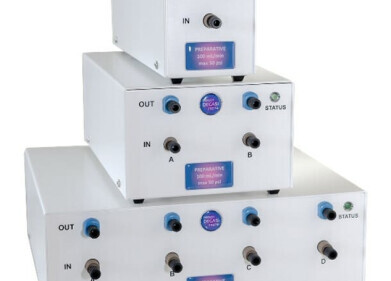-
-with-C-IC-and-logo_small.jpg) Xprep C-IC and furnace combustion tube with ceramic insert.
Xprep C-IC and furnace combustion tube with ceramic insert.
Chromatography
Xprep C-IC: Ready for the Future of Rapid Trace PFAS Screening
Feb 01 2023
The analysis of polyfluoroalkyl substances (PFAS) is a well-discussed topic in today’s environmental market. Due to concerns about the effect on human health and environmental risks, measurements of PFAS concentrations in a wide variety of matrices are conducted. These studies aim to get a better insight into the effects of PFAS substances.
To underline the importance of this subject, a proposal to restrict the use of per- and polyfluoroalkyl substances (PFAS) was submitted in January 2023 to the ECHA by several European countries. This proposal aims to ultimately ban the use of PFAS substances.
Traditional PFAS analytical methods are focused on the speciation of the individual PFAS components with expensive separation techniques. Currently, thousands of PFAS components have been produced and identified for monitoring, which makes the analyses for these components more and more complex.
Due to this, there is a growing request for a standardised, fast and reliable PFAS screening method to optimise the sample throughput and reduce resources. TE Instruments’ solution for PFAS screening is the Xprep C-IC, designed to determine the total amount of PFAS components in aqueous matrices at ultra-low trace levels.
The determination of AOF (Adsorbable Organic Fluorines) is based on the same principle as AOX (Adsorbable Organic Halogens) analyses: A generally accepted and standardised technique used for decades in environmental laboratories for the monitoring of the levels of organic halides (Chlorine/Bromine/Iodine) in aqueous matrices. Where a sample is combusted, conditioned, and quantified by means of coulometric titration. For the analyses of AOF, the quantification step is performed by the use of an Ion Chromatograph (IC).
TE Instruments developed a fully automated, extremely compact sample preparation system covering oxidative pyrohydrolytic combustion, fraction collection, and sample injection towards the IC. The Xprep C-IC can introduce samples both via optimised direct injection (liquids module) and conventional boat-inlet (boat module) into a horizontal furnace. This automated sample-prep solution reduces the complexity of sample transfer and significantly improves user convenience.
A unique feature of the Xprep C-IC setup is the optional usage of a ceramic insert in the furnace combustion tube. While standard AOX analysis focuses on standard halides, the analysis of PFAS is mainly aimed at the analysis of elemental Fluoride. This is where the power of the ceramic insert comes into its place. In a standard situation, Fluoride attacks quartz glass and may thus create a defective combustion tube over time. With the usage of the ceramic insert, a protective layer protects the furnace tube quartz material resulting in a far longer lifetime compared to a standard quartz glass setup.
Are you interested in the analytical solutions TE Instruments has to offer? Please feel free to contact us for more information or challenge us with your application request.
Digital Edition
Lab Asia 31.2 April 2024
April 2024
In This Edition Chromatography Articles - Approaches to troubleshooting an SPE method for the analysis of oligonucleotides (pt i) - High-precision liquid flow processes demand full fluidic c...
View all digital editions
Events
Apr 22 2024 Marrakech, Morroco
Making Pharmaceuticals Exhibition & Conference
Apr 23 2024 Coventry, UK
Apr 23 2024 Kintex, South Korea
Apr 23 2024 Seoul, South Korea
Apr 24 2024 Jakarta, Indonesia



.jpg)













